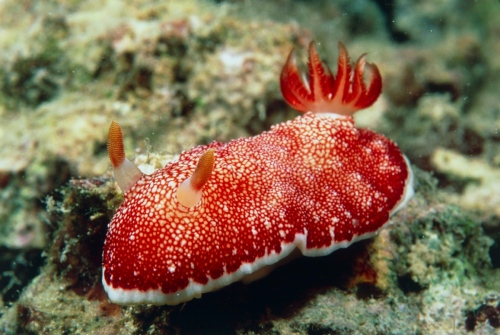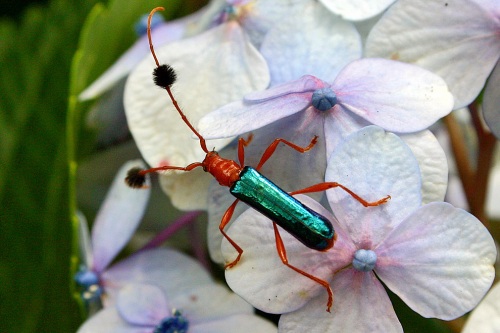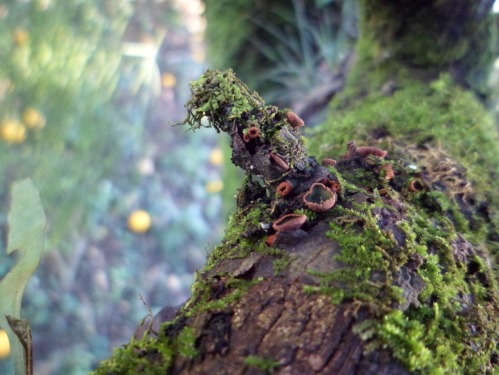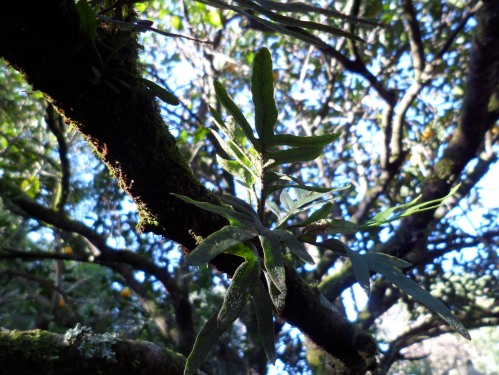by Piter Kehoma Boll

You have sex, lose your penis and it grows back the day after. That happens with this sea slug. Photo by Matthew Oldfield, extracted from nature.com
News
- Sea slug loses pensis after sex but grows another the next day. Sex can have bizarre adaptations.
- Russian Meteor Largest in Century. The Solar System is playing extinction.
- The Joy of Fungal Sex: Penicillin Mold Can Reproduce Sexually, Which Could Lead to Better Antibiotics. Sex on your bread can save lifes, how weird is that?
- What Are Dogs Saying When They Bark? Maybe more than we can perceive.
- Bumblebees Sense Electric Fields in Flowers, so they can avoid flowers whose nectar has already been collected!
- Genes mix faster than stories. An interesting analysis!
- Scientist Unravel Mystery of Flying Squid. There are four lessons to learn.
- Newt Finding Might Set Back Efforts to Regrow Human Limbs. What once was thought to be an ancestral character, now seems to be actually a novelty.
- Convergent Evolution: Hyenas Offer Clues to he Human Past. It’s worth reading!
- ‘Monster’ goldfish have long prowled Lake Tahoe, scientists say. Don’t throw your pets in lakes!
Blog
- Poposaurus, Postosuchus, and th Dinosaur Mimic Croc Walk. If you think it is a dinosaur, look again.
- Conservation triage: Which species should be saved? It’s hard to have to chose.
- When cats are outlawed, what animals should replace them as pets? Yes, cats can be an environmental problem sometimes, but they are the cutest thing yet.
- Snowed In. A possible new genus of beetles.
- Do Insects Have Fat? A doubt I had for years.
- Do Non-Human Animals Like Human Music? Another intriguing question!
Art
- Sky-blue with yellow fringe, a Neotropical cockroach, by Arthur Anker. An amazing insect!
- Corpse Flower, by RSN. Now he draws plants too!
- Megaloceros giganteus, by Renata Cunha. She is always impressive!
Scientific Articles
- Interactions between sea urchin grazing and prey diversity on temperate rocky reef communities. I kinda like those kind of studies!
- Faltering lemming cycles reduc productivity and population size of a migratory Arctic goose species. Oh, those lemmings…
- Predatory beetles facilitate plant growth by driving earthworms to lower soil layers. Ecosystems are amazing.
- Crocodyliform Feeding Traces on Juvenile Ornithischian Dinosaurs from the Upper Cretaceous (Campanian) Kaiparowits Formation, Utah. Birds and crocs are an ancient issue.
- High Humidity Leads to Loss of Infectious Influenza Virus from Simulated Coughs. How ’bout that?
- Tremulatory and Abdomen Vibration Signals Enable Communication through Air in the Stink Bug Euschistus heros. Singing and stinking!







